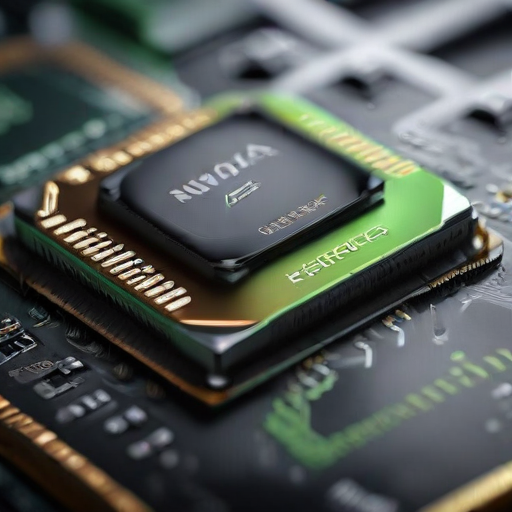As the United States contemplates more stringent trade measures aimed at preventing advanced semiconductor technology from reaching China, Nvidia, a prominent chip manufacturer based in the U.S., is reportedly developing a tailored version of its latest artificial intelligence chips to align with these regulations.
Reports indicate that Nvidia is in the process of creating a variant of its new Blackwell AI chips specifically for the Chinese market, tentatively referred to as the “B20.” To facilitate the distribution of this chip in China, Nvidia plans to partner with local distributor Inspur. According to sources, shipments for the B20 could commence in the second quarter of 2025.
In addition to the B20, Nvidia has already developed three chips, including the H20, that adhere to existing U.S. export controls. Amid sluggish sales, Nvidia responded by reducing the price of the H20 to remain competitive against local rival Huawei. Surprisingly, it appears that the H20’s sales are experiencing growth, with expectations to exceed one million units sold in China this year, valued at approximately $12 billion, despite ongoing trade restrictions. Notably, these sales projections nearly double those forecasted for Huawei’s Ascend 910B chip.
However, the H20 chips may face challenges due to potential changes in U.S. trade regulations. Analysts from Jefferies have suggested that during the upcoming annual review of semiconductor export controls, it is quite possible that the H20 could be banned for sale to China. This restriction might be implemented in several ways, including a product-specific ban or adjustments to computing power and memory capacity limits.
Furthermore, there is a looming possibility that U.S. export controls could be expanded to include chips destined for other Southeast Asian countries or to reach overseas Chinese companies, although the latter may pose significant implementation challenges.
This evolving landscape presents both challenges and opportunities for Nvidia and other semiconductor companies navigating the complexities of international trade. The combination of innovation and compliance demonstrates the resilience of the technology sector, showcasing its ability to adapt to regulatory changes while meeting demand in various markets.
In summary, while Nvidia faces hurdles due to potential increased trade restrictions, its proactive approach to developing compliant chips suggests a commitment to maintaining a foothold in the Chinese market. The situation reflects the broader dynamics of global technology competition and cooperation.
